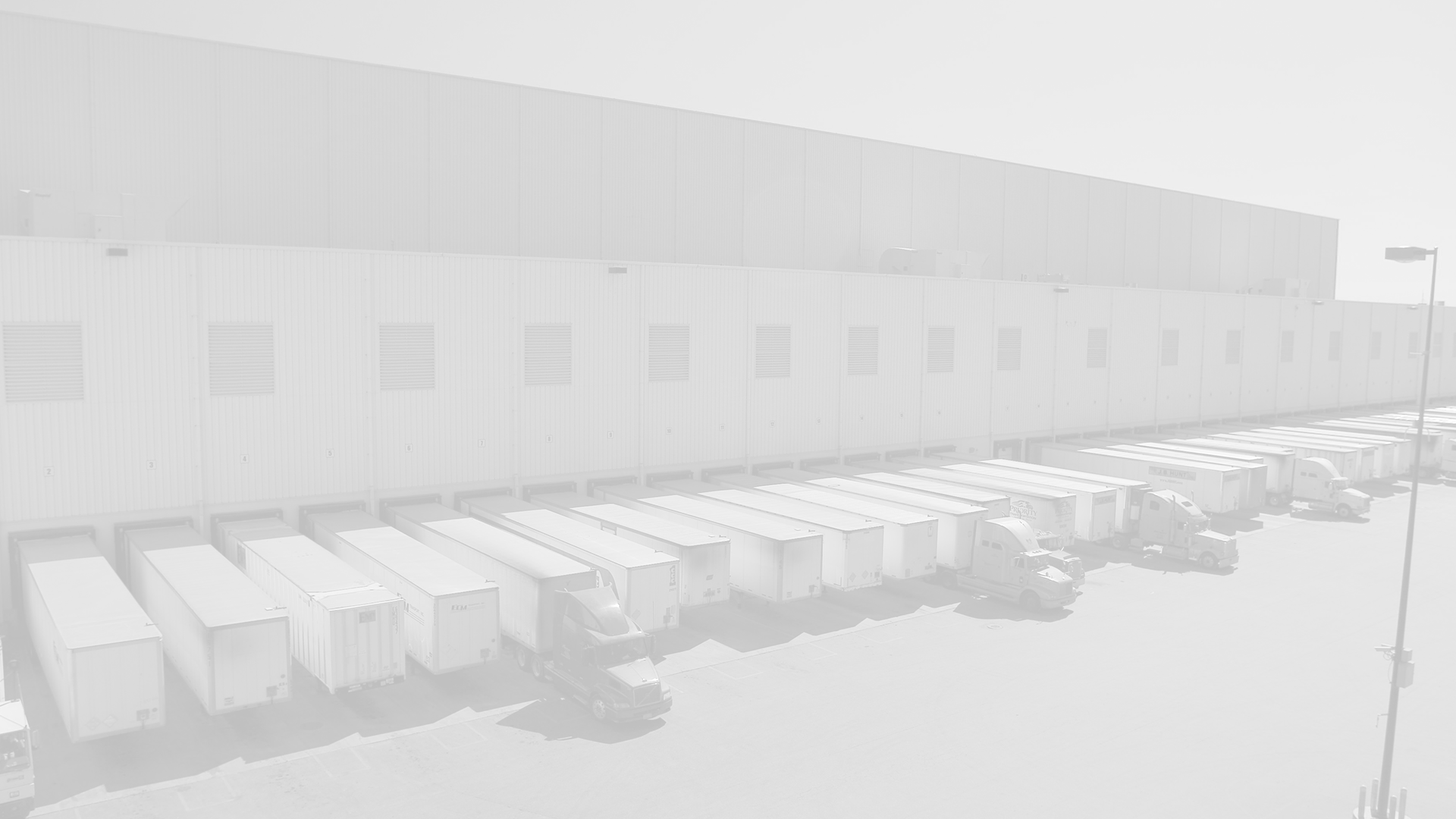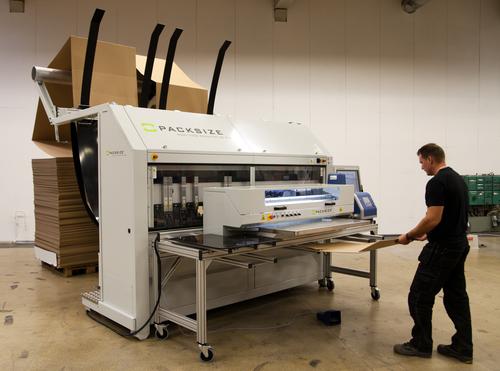On-demand packaging saves time and money down the supply chain. Currently, only 7% of companies make their boxes on-demand, but more and more companies are becoming familiar with the automated technology (up to 27% in 2013 from 18% in 2012). On-demand packaging reduces the quantity of corrugate required by 28%, reduces filling material by 80-90%, and saves 20-35% of the costs over a conventional supply chain. It uses only 25% of the resources needed for two laborers to pack dunnage, seal, and label a box. As the industry chases next-day and even same-day delivery, on-demand packaging saves time, materials, labor, and ultimately costs.
Is On-Demand Packaging Ready to Take Off?
Frank Cavallaro, Founder and CEO, Fronetics Strategic Advisors
Multi-channel distribution is likely to fuel the demand for on-demand packaging as companies continue their search for more cost-effective solutions.
Only 7% of companies are making their boxes on demand. However, that figure is set to grow quickly. The explosive rise of e-commerce and all the uncertainties it entails in terms of order fulfillment will likely prompt a growing number of companies, especially those serving multiple sales channels, to seek the answers in on-demand packaging.
The potential savings of always getting the right-sized box at just the right time should speak to all those multi-channel distributors. In a recent Peerless Research study, distributors were asked to name the areas where fulfillment costs have gone up. The three most popular answers were transportation, labor, and packaging and materials.
One of the newly converted, a corporate manager at an e-commerce business, told Peerless in a second study (registration required), this one on trends in packaging automation: “We are able to consolidate multiple orders from one customer into as few boxes as possible. This saves on time and shipping costs.”
That study talks of the “ripple effect” felt throughout the supply chain as packaging optimization drives down the number of cases on a pallet, as well as storage space requirements and shipping costs, and ultimately has the power to increase a company’s sustainability rating.
In numbers, some of the advantages cited by on-demand packaging proponents include:
- A 28% reduction in the quantity of corrugate
- An 80-90% reduction in filling material
- Savings of 20-35% over conventional supply chains
- A 75% reduction in footprint required by two laborers to pack dunnage, seal, and label a box
Packsize, one of several companies behind the new automated technology, says it actually takes less time to make packaging on demand than going the conventional route of locating and moving packaging purchased from a vendor. Stockouts and obsolete inventory also become relics of the past when boxes can be made minutes before they are needed.
In an industry chasing next-day or even same-day delivery, any gain in timely execution counts as a victory.
Though 80% of the 322 top materials handling, logistics, and supply chain managers surveyed by Peerless still purchase and store their corrugated boxes, the trend is pointing in favor of the new solutions.
The percentage of companies that said they are not at all familiar with on-demand packaging went from 54% in 2012 to 43% in 2013. Those claiming to be extremely familiar with the new technology rose from 18% to 27%.
Comments also highlighted a desire for new packaging solutions. “We currently have to order in advance custom size boxes for upcoming orders, and it would be better to make them on the fly, adapting to changes,” an engineering manager said. “We are considering some form of on-demand packaging to prevent the storage of cartons,” another said. “We can use the space better.”
It all sounds promising, but is it the way of the future?


